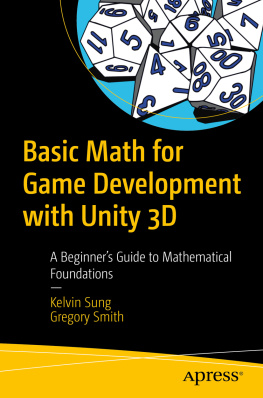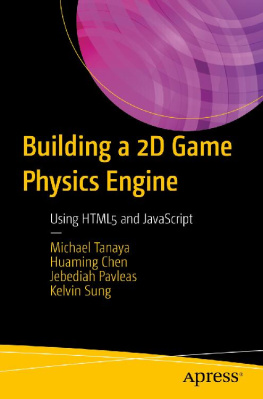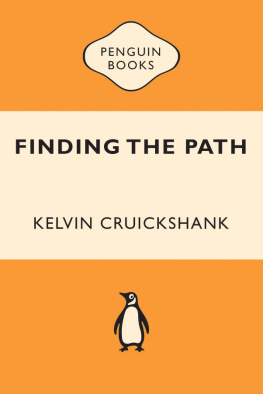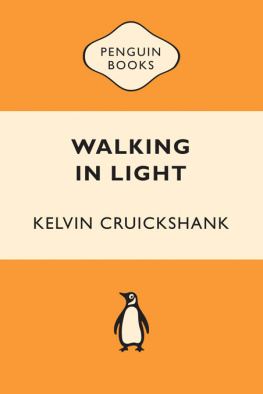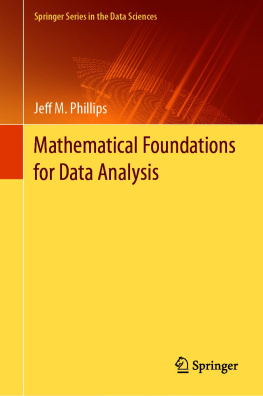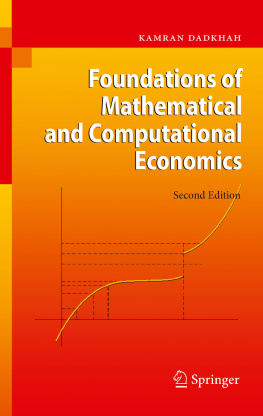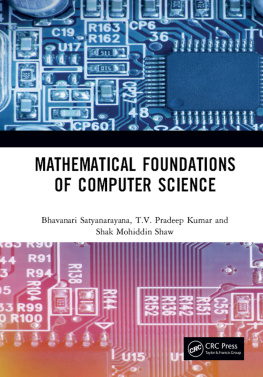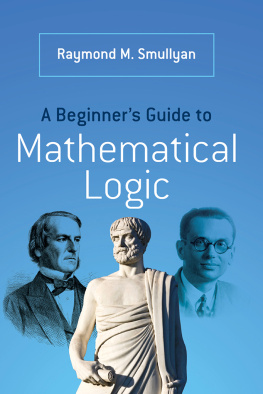Kelvin Sung - A Beginner’s Guide to Mathematical Foundations
Here you can read online Kelvin Sung - A Beginner’s Guide to Mathematical Foundations full text of the book (entire story) in english for free. Download pdf and epub, get meaning, cover and reviews about this ebook. year: 2020, publisher: Apress, genre: Computer. Description of the work, (preface) as well as reviews are available. Best literature library LitArk.com created for fans of good reading and offers a wide selection of genres:
Romance novel
Science fiction
Adventure
Detective
Science
History
Home and family
Prose
Art
Politics
Computer
Non-fiction
Religion
Business
Children
Humor
Choose a favorite category and find really read worthwhile books. Enjoy immersion in the world of imagination, feel the emotions of the characters or learn something new for yourself, make an fascinating discovery.
- Book:A Beginner’s Guide to Mathematical Foundations
- Author:
- Publisher:Apress
- Genre:
- Year:2020
- Rating:5 / 5
- Favourites:Add to favourites
- Your mark:
- 100
- 1
- 2
- 3
- 4
- 5
A Beginner’s Guide to Mathematical Foundations: summary, description and annotation
We offer to read an annotation, description, summary or preface (depends on what the author of the book "A Beginner’s Guide to Mathematical Foundations" wrote himself). If you haven't found the necessary information about the book — write in the comments, we will try to find it.
Kelvin Sung: author's other books
Who wrote A Beginner’s Guide to Mathematical Foundations? Find out the surname, the name of the author of the book and a list of all author's works by series.
A Beginner’s Guide to Mathematical Foundations — read online for free the complete book (whole text) full work
Below is the text of the book, divided by pages. System saving the place of the last page read, allows you to conveniently read the book "A Beginner’s Guide to Mathematical Foundations" online for free, without having to search again every time where you left off. Put a bookmark, and you can go to the page where you finished reading at any time.
Font size:
Interval:
Bookmark:
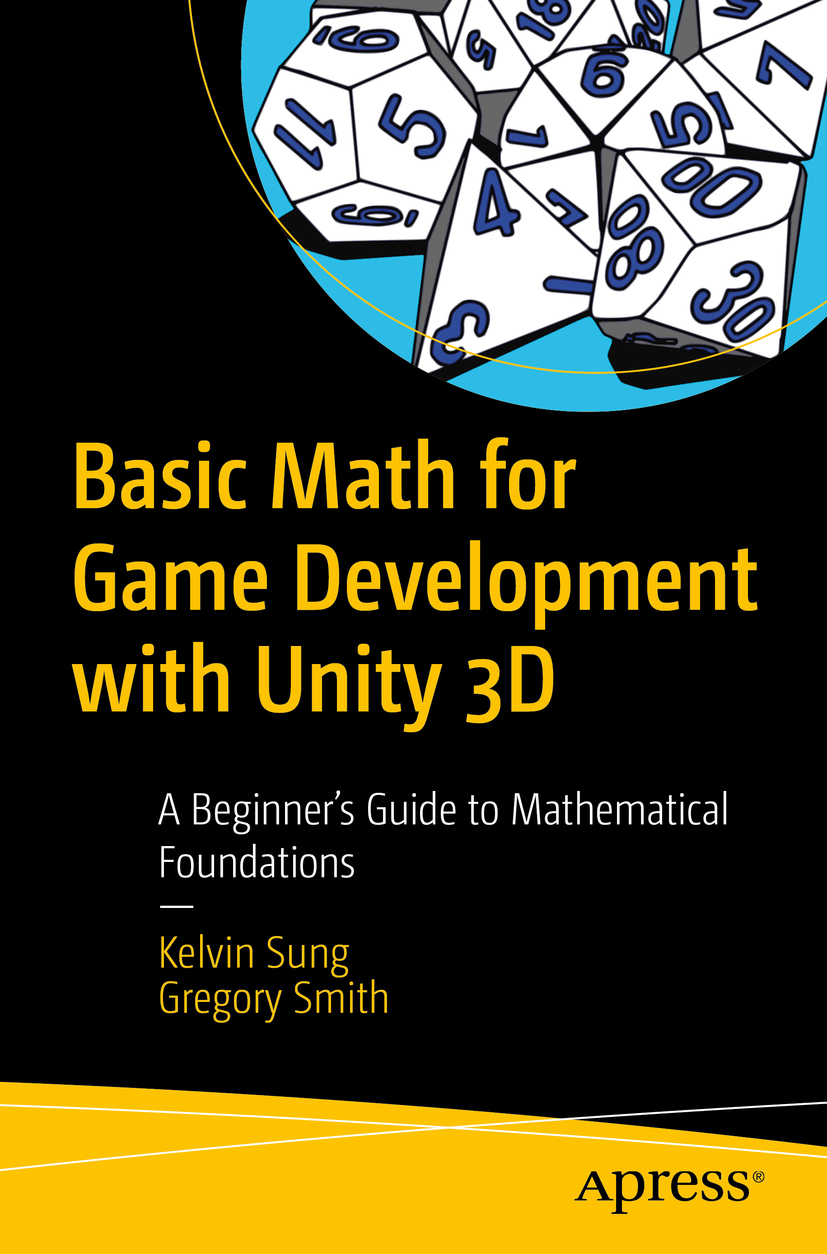

Any source code or other supplementary material referenced by the author in this book is available to readers on GitHub via the books product page, located at www.apress.com/978-1-4842-5442-4 . For more detailed information, please visit http://www.apress.com/source-code .
To my wife, Clover, for always being there and supporting me; and our girls, Jean and Ruth, for completing my life.
Kelvin Sung
To my wife and best friend, Calli, whose love and support knows no bounds.
Gregory Smith
Welcome toBasic Math for Game Development with Unity 3D. Because you have picked up this book, you are probably interested in finding out more about the mathematics involved in game development or, maybe, in the details of fascinating applications like Unity. This can be the perfect book to begin with your exploration.
This book uses interactive examples in Unity to present each mathematical concept discussed, taking you on a hands-on journey of learning. The coverage of each topic always follows a pattern. First, the concept and its relevancy in video game functionality are described. Second, the mathematics, with a focus on applicability in game development and interactive computer graphics, are derived. Finally, an implementation of the concept and derived mathematics are demonstrated as an example in Unity.
Through interacting with these examples, you will have the opportunity to explore the implications and limitations of each concept. Additionally, you can examine the effects of manipulating the various related parameters. Lastly, and very importantly, you can study the accompanied source code and understand the details of the implementations.
In Chapterstudy the vector dot and cross products to relate vectors and the space that defines them. Through this book, you will learn the mathematical and implementation details of bounding boxes, bounding spheres, motion controls, ray castings, the projection of points to lines to compute intersections between fast traveling objects, and the insights into 2D planes to create shadows, compute reflections, and much more!
This book is targeted toward video game enthusiasts and hobbyists who have some background in basic object-oriented programming. For example, if you are a student who has taken an introductory programming course or are a self-taught programming enthusiast, you will be able to follow the concepts and code presented in this book with little trouble. If you do not have any programming background in general, it is suggested that you first become comfortable with the C# programming language before tackling the content provided in this book.
Besides a basic understanding of object-oriented programming, you will also need to be familiar with the Cartesian Coordinate System, basic algebra, and knowledge in trigonometry. Experience with and working knowledge of Unity are not required.
Every chapter in this book includes examples that let you interactively experiment with and learn the new materials. You can download the source code for all the projects from the following page: www.apress.com/9781484254424 .
This book and the projects it relates to stem from the results of the authors attempts to understand how to engage learners in exploring knowledge related to interactive computer graphics, introductory programming, and video games. Past funding for related projects include support from the National Science Foundation for the projects Essential Concepts for Building Interactive Computer Graphics Applications (Award Number, CCLI-EMD, NSF, DUE-0442420) and Game-Themed CS1/2: Empowering the Faculty (Award Number DUE-1140410). Projects supported by Microsoft Research and Microsoft Research Connections include XNA Based Game-Themed Programming Assignments for CS1/2 (Award Number 15871) and A Traditional Game-Themed CS1 Class (Award Number 16531). All of these past projects have laid the foundation for our perspectives and presentation of the materials in this book. We would also like to thank NSF officers Suzanne Westbrook, Jane Prey, Valerie Bar, and Paul Tymann for their invaluable discussions and encouragements, as well as Donald Brinkman and Kent Foster as they continue to be our best advocate and supporters at Microsoft. Lastly, we remember and continue to miss Steve Cunningham, John Nordlinger, and Lee Dirks for their early recognition of our vision and ideas.
A thank you must also go out to our students, whose honest, even when brutal, feedbacks and suggestions from CSS385: Introduction to Game Development, CSS451: 3D Computer Graphics, and CSS551: Advanced 3D Computer Graphics at the University of Washington Bothell inspired us to explore presenting these materials based on an accessible game engine. They have tested, retested, contributed to, and assisted in the formation and organization of the contents of this book. The second author of this book is a recent alumnus of CSS551.
It must also be mentioned that the teaching brown bag hosted by Yusuf Pisan offered the opportunity for the discussions with Yusuf, Johnny Lin, Lesley Kalmin, and Mike Stiber on the topics of linear algebra applications which sparked the initial idea for this book. A sincere thank you goes to Yusuf for his enthusiasm and energy in organizing us, and, of course, for the delicious-looking Tim Tam; one day, I will try them.
The second author was partially supported as a research assistant and a generous grant (Award Number 09-8323/1902KS) from the Division of Computing and Software Systems, University of Washington Bothell.
Font size:
Interval:
Bookmark:
Similar books «A Beginner’s Guide to Mathematical Foundations»
Look at similar books to A Beginner’s Guide to Mathematical Foundations. We have selected literature similar in name and meaning in the hope of providing readers with more options to find new, interesting, not yet read works.
Discussion, reviews of the book A Beginner’s Guide to Mathematical Foundations and just readers' own opinions. Leave your comments, write what you think about the work, its meaning or the main characters. Specify what exactly you liked and what you didn't like, and why you think so.

